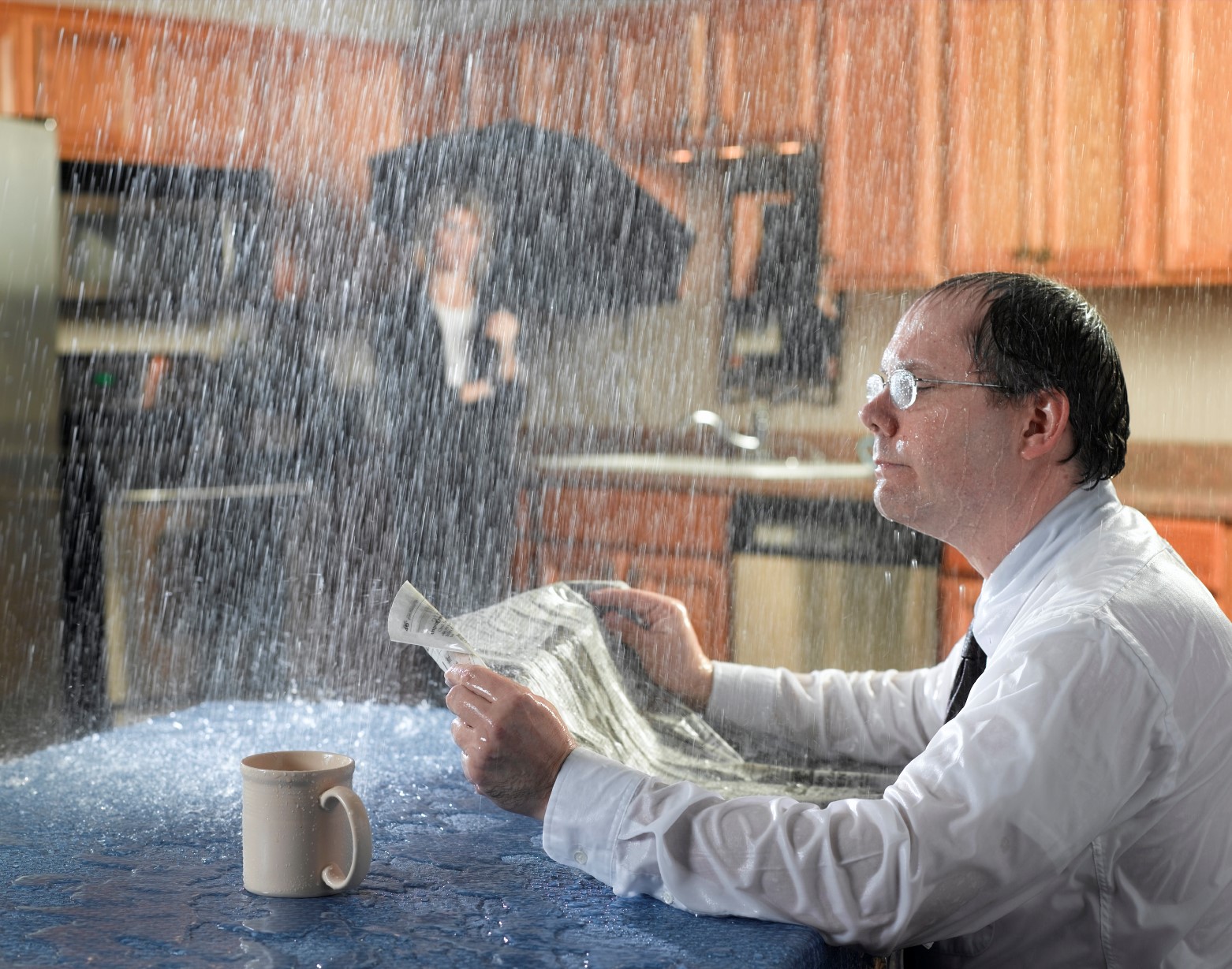Your House's Common Common Triggers of Leak Problems: Thorough Investigation
Your House's Common Common Triggers of Leak Problems: Thorough Investigation
Blog Article
The content in the next paragraphs on the subject of How to Find Water Leaks is absolutely attention-grabbing. Read it for yourself and decide what you think about it.

Leakages not just trigger waste of water however can additionally cause unnecessary damage to your home and advertise undesirable natural development. Regrettably, water leakages might go undetected considering that most of the pipework in our home is hidden. By understanding and looking for daily scenarios that cause leaks, you can shield your residence from future leakages as well as unnecessary damage. Today, we will look at 6 leakage triggers that may be creating your pipelines to leak.
Elbowing in origins
A lot of water leakages start outside your home as opposed to inside it. If you discover a sudden reduction in water pressure, claim in your tap, take some time to go out and also examine your backyard. You might see wet spots or sinkholes in your lawn, and that could indicate that tree origins are getting into water lines causing water to permeate out. You can have your plumber check for breach, specifically if you have trees or shrubs near your building.
Rusty water systems
This may be the reason of staining or bending on your water pipes. If our plumbing system is old, think about changing the pipelines considering that they are at a greater threat of corrosion than the newer designs.
Faulty Pipeline Joints
Pipeline joints can deteriorate over time, resulting in water leakages. If you have noisy pipelines that make ticking or banging noises, particularly when the hot water is turned on, your pipeline joints are probably under a lot of pressure.
Instantaneous temperature modifications.
Extreme temperature modifications in our pipes can create them to broaden as well as contract unexpectedly. This expansion and tightening may cause splits in the pipelines, particularly if the temperature are listed below cold.
Poor Water Connectors
Sometimes, a leak can be brought on by loose hoses as well as pipes that provide your devices. Typically, shifting is what creates the loosened water Connections. You could discover in the case of a cleaning maker, a tube may spring a leak because of shaking during the spin cycle. In case of a water links leak, you may notice water running straight from the supply line or puddles around your home appliances.
Clogged Drains
Obstructed drains may be frustrating and inconveniencing, however they can occasionally end up creating an overflow resulting in break pipes. Maintain removing any type of products that may decrease your drains pipes that could obstruct them to prevent such troubles.
All the above are reasons for leakages however not all water leakages result from plumbing leaks; some leakages might originate from roof covering leaks. All leaks need to be repaired right away to stay clear of water damages.
Leaks not only create waste of water yet can also trigger unneeded damages to your home and promote undesirable natural development. By recognizing and also looking for daily circumstances that create leakages, you can safeguard your home from future leaks as well as unnecessary damages. Today, we will certainly look at 6 leakage causes that may be creating your pipelines to drip.
At times, a leak can be triggered by loosened hose pipes and pipes that supply your devices. In situation of a water links leakage, you might discover water running directly from the supply line or puddles around your appliances.
How To Check For Water Leak In Your Home
How To Check for Leaks
The average household's leaks can account for nearly 10,000 gallons of water wasted every year and ten percent of homes have leaks that waste 90 gallons or more per day. Common types of leaks found in the home are worn toilet flappers, dripping faucets, and other leaking valves. These types of leaks are often easy to fix, requiring only a few tools and hardware that can pay for themselves in water savings. Fixing easily corrected household water leaks can save homeowners about 10 percent on their water bills.
To check for leaks in your home, you first need to determine whether you're wasting water and then identify the source of the leak. Here are some tips for finding leaks:
Take a look at your water usage during a colder month, such as January or February. If a family of four exceeds 12,000 gallons per month, there are serious leaks.
Check your water meter before and after a two-hour period when no water is being used. If the meter changes at all, you probably have a leak.
Identify toilet leaks by placing a drop of food coloring in the toilet tank. If any color shows up in the bowl after 10 minutes, you have a leak. (Be sure to flush immediately after the experiment to avoid staining the tank.)
Examine faucet gaskets and pipe fittings for any water on the outside of the pipe to check for surface leaks.
Undetected water leaks can happen without the home or business owner even realizing. If you suspect a water leak, but not able to find the source. It is time to contact a professional water leak detection service, The Leak Doctor.
How To Find a Water Leak In Your Home
https://www.leakdoctor.com/blog/How-To-Check-For-Water-Leak-In-Your-Home_AE197.html

Hopefully you liked our topic on Top Causes of Home Water Leaks. Thanks a ton for taking time to read through our article. Liked our blog? Please share it. Help someone else locate it. Thank-you for going through it.
For quick fixes, call! Report this page